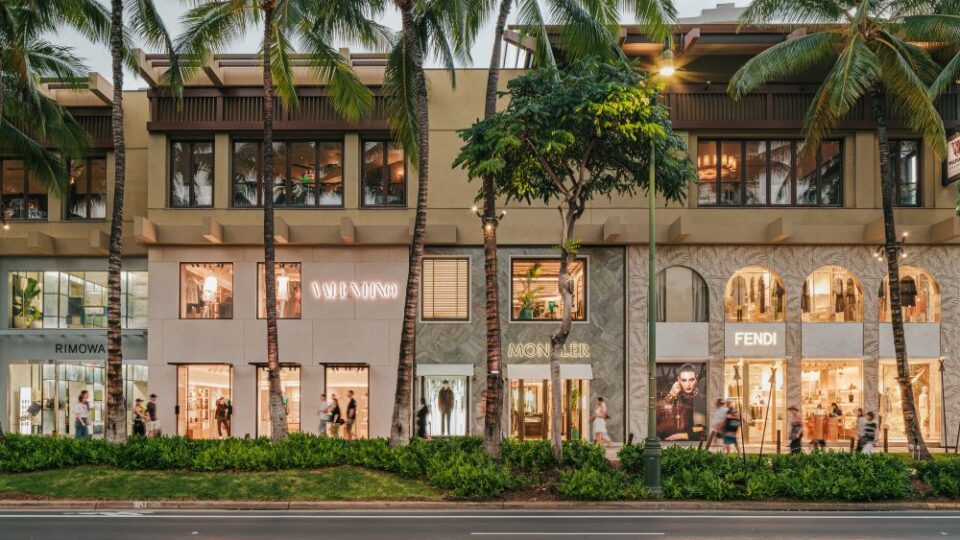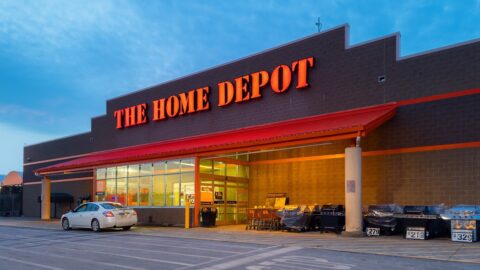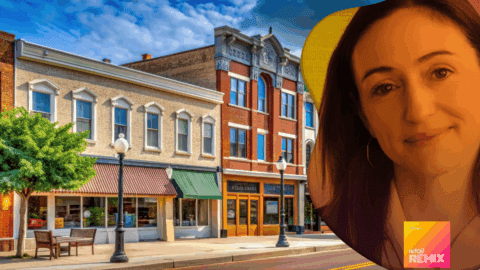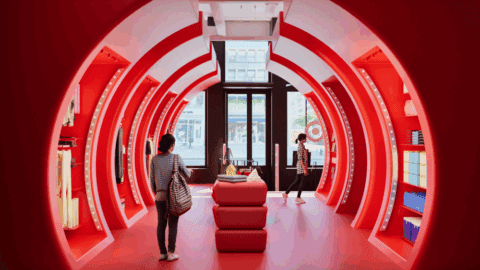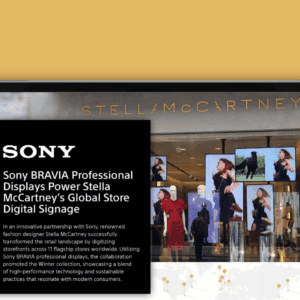The first thing you need to know about the Royal Hawaiian Center (RHC), the 310,000-square-foot mall in the heart of Oahu’s Waikiki, is that the “Royal” in its name is no mere marketing ploy. It’s built on land known since ancient times as Helumoa and was once home to Hawaiian ali’i (royalty).
One member of that royal family, Princess Bernice Pauahi Bishop, great-granddaughter of Hawaii’s first monarch King Kamehameha I, founded the island’s Kamehameha Schools in her 1884 will — schools that are still educating students on Oahu, Maui and the Big Island of Hawaii to this day. As a way of honoring that educational tradition, RHC takes its own commitment to education seriously, offering daily classes in traditional Hawaiian crafts, music and storytelling (lei-making, ukelele playing and hula dancing, among others) — all at no charge to visitors.

The RHC even employes a cultural director, Monte McComber, to coordinate it all, and many of the classes are led by teachers with decades of experience, such as Puake’ala Mann (Kumu Hula, a master teacher in the art of hula), and sixth-generation weaver Bill Keoua Nelsen.
The classes are just one of the experiential methods the RHC uses to drive foot traffic for the center’s 90 retail tenants, many of them iconic luxury brands including Fendi, Ferragamo, Harry Winston, Hermès, Tiffany & Co., Valentino and Dean & Deluca Hawaii. There are family-friendly events, such as monthly stargazing sessions led by an astronomer with a seven-foot telescope that are held on the Ka Lewa Lanai, an outdoor rooftop venue that holds 250 people and can be booked for private gatherings. These events, as well as music and entertainment, help the RHC attract 2.5 million people annually.
Modern Design that Pays Homage to Hawaiian Traditions
The RHC’s ties to the very land it’s built on are reflected in design choices throughout the center. When the land was known as Helumoa, 10,000 coconut trees grew and gave shade; today, more than 100 coconut trees line all three city blocks of the RHC. Additionally, “as you walk our property, when you look up, the interior light fixtures look like palm fronds, and the railings and light fixtures have a [tree] bark pattern,” said Sam Shenkus, VP and Director of Marketing at the RHC in an interview with Retail TouchPoints. “You don’t even connect it [to the trees]; it’s very low-key.”
Additionally, the center features “benches, flowers and furniture everywhere, with landscaping inside so you know you’re in Hawaii,” Shenkus added. “People visiting here are staying at some of the most beautiful resorts in the world, but when you walk into the RHC, there’s no shock to your system that you’re now in a ‘mall.’ It’s a continuation of a very tropical, beautiful Hawaii sense of place and environment — and we happen to have stores and restaurants.”
Even for individual retailers, there’s a concerted effort to create a Hawaii-specific vibe. Shenkus explained that Kalakaua Avenue, where the RHC is located, is the luxury retail center of Honolulu. “The Kalakaua frontage is the top real estate,” she said, noting that the stores along this street are generally two to three stories, designed in a townhouse architecture style on the street side. “It gives a sense of place in the design — our Hermès doesn’t look like an Hermès store where you live; it reflects Hawaii.”
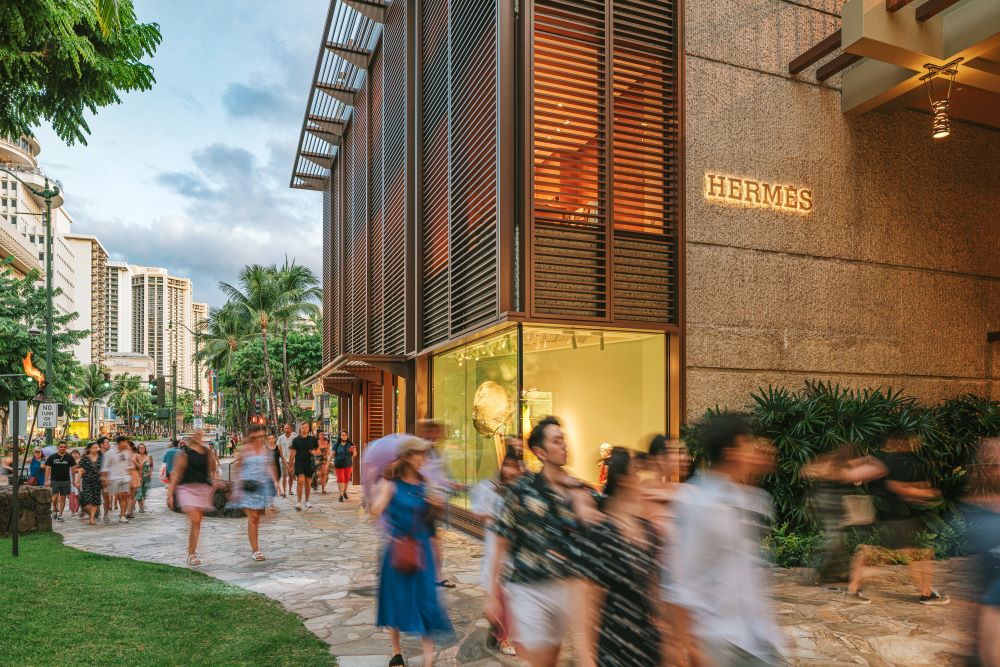
Proactive Support for Retailers
The RHC takes an unusually active role in building traffic and providing customer service, in ways that both support its tenants and also promote the center itself. Shenkus gave the example of the RHC’s gift with purchase program, which offers items such as a tote bag or a yoga towel, complete with an RHC logo, if shoppers spend a certain amount.
“The reason we do this is for the luxury brands on Kalakaua — you’ll never see Tiffany with a ‘50% off sale,’ so we wanted to offer our customers something that will thank them for shopping with us, with unique, cool things that are also usable,” said Shenkus. She added that RHC controls the program and takes charge of sourcing the items, which it will often tie in with holidays and events.
For example, “for the three weeks of the Lunar New Year, we offered a high-quality mesh bag and matching vanity pouch in red, which is a popular color for this holiday,” said Shenkus. These were custom-made for the RHC so the gift-with-purchase threshold was high, at $750. However, shoppers could combine receipts from multiple stores and restaurants to earn the gifts.

Creating a Space Both Tourists and Locals Love
While tourism is a key driver of the RHC’s success, the center also wants to attract locals. “The number-one pushback [from locals] over the years has been parking,” said Shenkus. The RHC has a 10-story parking structure that can house more than 600 vehicles, and residents with a local or military ID can earn three hours of parking if they spend $25 at the RHC. The center charges for parking because its location — a three-minute walk to the famous Waikiki beach — means the structure would fill up with beachgoers if the parking were free, leaving few spaces for actual shoppers. More than 4,000 shoppers per month take advantage of the parking deal.
Sweetening the appeal to locals is the RHC’s exclusivity, particularly when it comes to dining. Shenkus reports that only two of the restaurants within the center also operate establishments elsewhere on Oahu; all the others are exclusive to the RHC.
Still, with some 30,000 hotel rooms in the Waikiki area, and the RHC adjacent to the Royal Hawaiian Hotel and the Sheraton Waikiki, tourists are obviously a significant part of the RHC’s customer base. “We’re in the middle of [a tourist area], but we want to reflect a sense of place,” said Shenkus. “We want to offer world-class shopping and fabulous dining, but also give you Hawaii.” That includes respect for native traditions, she noted: “Every time we open a new store, we do a traditional Hawaiian blessing.”



